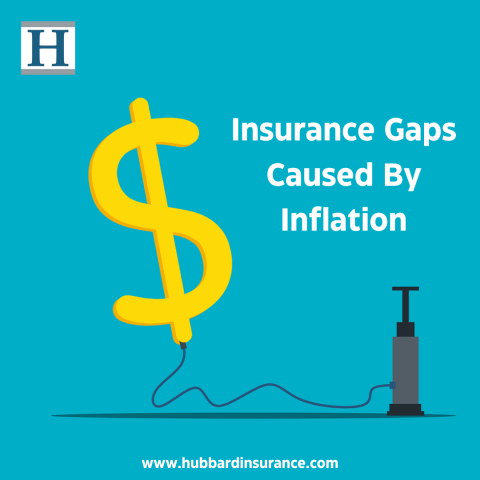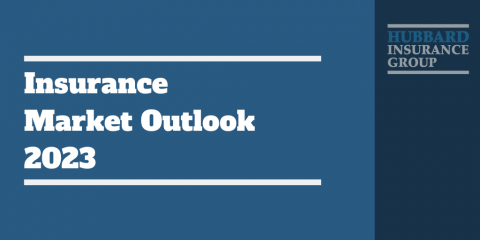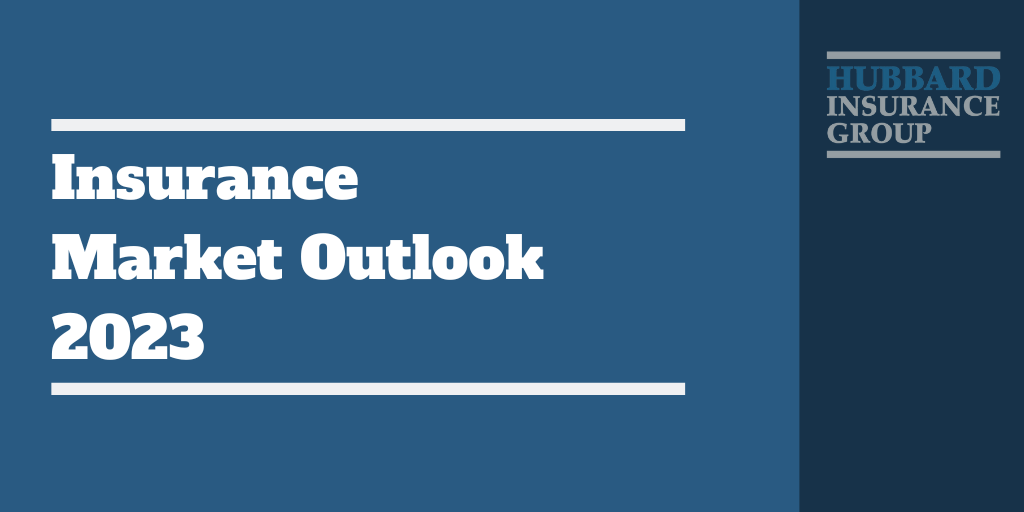
Navigating the benefits landscape has been a complex process for companies over the last twelve months, as they balance the need of keeping expenses under control with the necessity of producing attractive packages to remain competitive in the current job market.
Despite massive layoffs in tech and other industries at the start of 2020, the job market is still largely dominated by the employees. This has forced employers to remain competitive when it comes to providing benefits and compensation.
Simultaneously, the increasing inflation and concerns about a recession are making both employers and employees more frugal with their spending.
Experts expect this trend of finding the balance between spending and saving to continue throughout 2023 as well.
Sally Prather, an industry expert, stated that "Employee retention and inflation pressures are the two biggest issues keeping employers up at night.”
“The ripple effect of the Great Resignation has increased the emphasis on retention as companies seek to balance economic volatility with strong benefits packages, including paid time off and voluntary benefits, to shore up their employees,” she added.
Ultimately, the onus is on the employers to maintain an engaged workplace. The most effective way to achieve this goal is to meet the demands of employees in order to demonstrate how valuable they are to the organization.
Recent research has revealed that a significant number of employers (60%) are planning to introduce new insurance benefits within the next few years – which is nearly twice as many as five years ago.
Rising Cost of Healthcare
Controlling the rising costs of health care is likely to remain a primary focus for businesses this year. Many aspects such as inflation, economic unpredictability, and the utilization of health care services during the pandemic have led to higher than usual price increases for 2022 and a predicted uptick for 2023.
According to experts, the average expected medical plan costs per employee will be 5.6% higher in 2023. This is a notable rise from the 4.4% increase that was predicted for 2022.
Since employers are working to maintain a positive image to both existing and potential employees, they are choosing to absorb the rising premium costs instead of transferring them onto the workforce. This has then added a further spotlight to cost management.
"Some [employers] are looking to implement plan design changes to combat rising health care costs, others are considering self-funding, and others still are embracing specialized health management programs and teletherapy to cope with inflation in the industry, all while over-communicating with employees," Prather explained.
To reduce expenses, employers are looking into making modifications to their benefits plans – such as increasing deductibles and self-funding, introducing more wellness activities, establishing disease management programs, and motivating workers to make informed healthcare decisions using cost and quality comparison tools.
Companies also are creating limited yet effective networks that deliver both affordable and exceptional care. In other words, the focus has shifted more towards preventative care.
"As organizations seek to design benefits around their employee populations, innovative strategies, such as specialty carve-outs and onsite labs, often present win-win situations," Prather said.
Voluntary Benefits & Mental Health
In an effort to manage costs without losing appeal to employees, an increasing number of companies are turning to voluntary benefits such as life insurance and supplemental health coverage.
The hope is that these programs will provide employees with valuable supplemental coverage whilst keeping the employee-born cost low.
An increasing number of workers have expressed interest in voluntary benefits provided by their employers – such as critical illness protection, hospital indemnity, disability income, and accident insurance.
This is based on recent studies that have revealed that 63% of employees are likely to take advantage of these offerings, which is a significant increase from 2017 when 45% had the same inclination.
"Products such as life and long-term-care insurance can assist in providing financial security. Health products can also help to fill in the financial gaps that may be left by core health plans, especially in the event of an unexpected life event or a medical emergency," Prather said.
"These solutions provide employers with alternate platforms for engaging with their employees, and, in turn, making [employees] feel as if their companies care about their financial wellness,” she added.
The current health crisis, along with high cost of living, is causing elevated levels of anxiety and burnout. This has shed light on the importance of mental wellbeing in the workplace and how employers should approach it.
Experts have highlighted that mental health will be a major issue to tackle given the current financial difficulties, the combined effect of the pandemic over three years, and the adaptation to a hybrid work setup.
There is also belief that, as conversations around mental health and treatment become more common and more accessible, people will be more likely to take advantage of these services.
It is clear that 2023 will be a major year for benefits – with employers who refuse to modernize their approach at a major risk of losing their appeal to employees.
Contact one of our licensed experts today at This email address is being protected from spambots. You need JavaScript enabled to view it. or call us at 905-696-9090 to discuss your options as an employer and how you can stay ahead of these trends. It is possible to offer employees benefits in a cost-effective way – and doing so could be the difference between success and failure.









